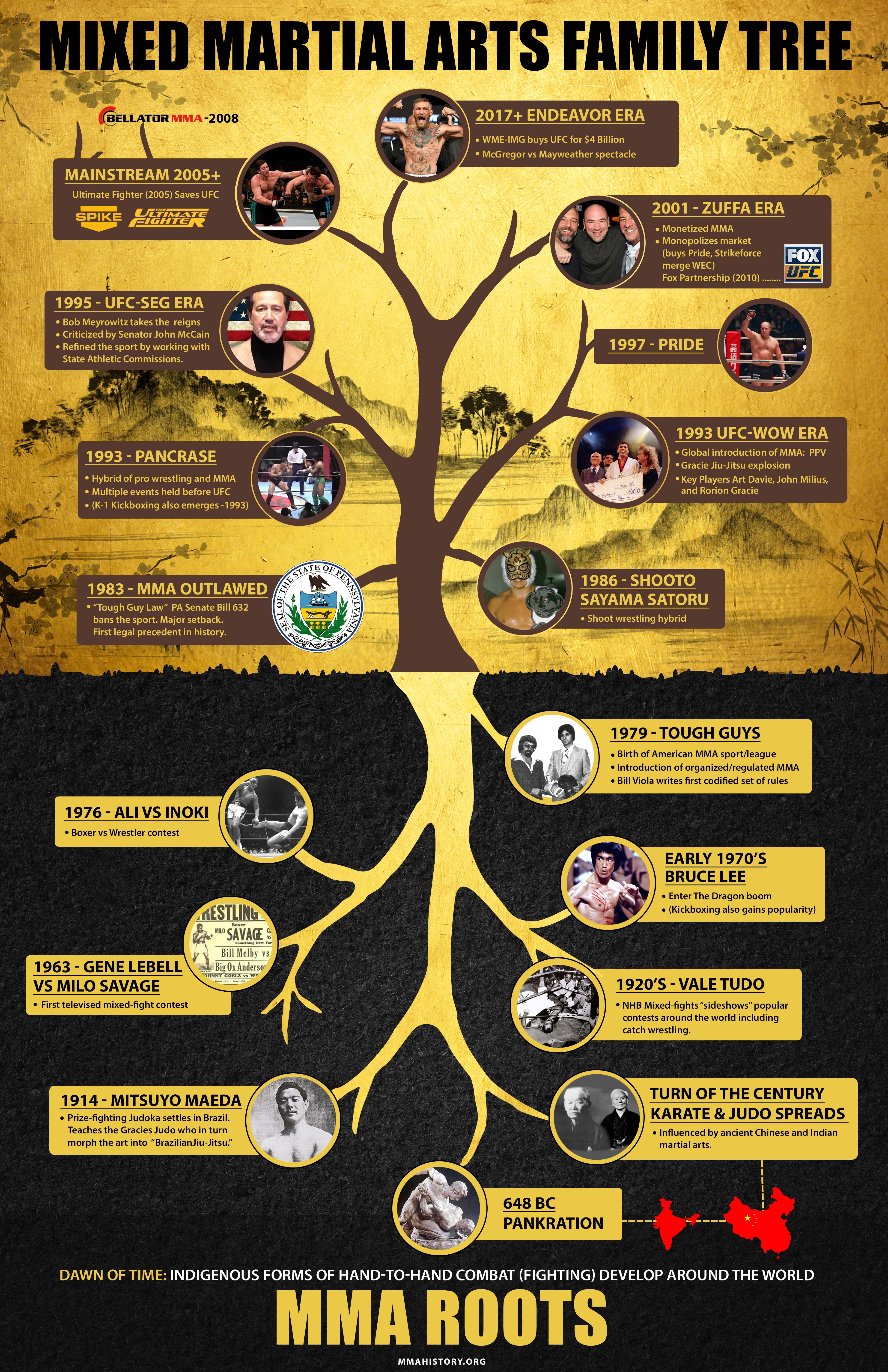What Are The Distinctions In Between The Focus On Discipline In Conventional Martial Arts And The Competitive Emphasis Of Modern-Day Fight Sporting Activities? Check Out The Vital Differences That Can Influence Your Course
What Are The Distinctions In Between The Focus On Discipline In Conventional Martial Arts And The Competitive Emphasis Of Modern-Day Fight Sporting Activities? Check Out The Vital Differences That Can Influence Your Course
Blog Article
martial arts fight videos By-Kok Snedker
When you think of martial arts, do you lean extra toward the traditional practices or the contemporary fight sports? Each course supplies special advantages and experiences, formed by their viewpoints and training techniques. Traditional martial arts stress individual development and technique, while contemporary fight sporting activities concentrate on competitors and performance. Understanding these differences can guide you in selecting the best strategy for your journey. However how do these distinctions manifest in training and ideology?
The Ideology and Background Behind Standard Martial arts
While many people connect martial arts with physical battle, the ideology and background behind conventional martial arts run much deeper. You'll find that these techniques highlight personal development, technique, and respect.
Originating from what is the best martial art for kids , conventional martial arts were often developed for Self-Defense and spiritual development. They embody concepts such as balance, consistency, and self-discipline, assisting practitioners beyond mere combating abilities.
As you train, you'll not only find out methods but additionally acquire insights into the society and worths that shaped these arts. The rituals and customs, typically given through generations, cultivate a sense of neighborhood and belonging.
The Affordable Nature of Modern Battle Sports
Modern combat sports have actually transformed the landscape of martial arts into a very affordable arena, where professional athletes face off in a test of skill, approach, and endurance.
You'll discover that competitions are usually arranged with stringent regulations and policies, ensuring justice and safety. These occasions attract big audiences, fueling the excitement and strength of matches.
Athletes educate rigorously, not just for physical expertise yet additionally for mental durability, understanding that every information counts in the ring. The adrenaline thrill throughout competitors is palpable, as fighters push their limits to claim triumph.
Followers value the athleticism and artistry entailed, making contemporary battle sports a thrilling phenomenon that continues to evolve and mesmerize enthusiasts all over the world.
Training Techniques and Techniques: A Relative Analysis
The affordable ambience of modern combat sports demands ingenious training methods that differ dramatically from conventional martial arts.
In modern-day training, you'll concentrate on particular techniques, sparring, and conditioning, frequently using drills that imitate actual fight situations. You'll see a focus on measurable efficiency and regular competition to analyze your skills.
On the other hand, standard martial arts focus on forms, katas, and thoughtful teachings, typically emphasizing technique and regard over competitors.
Training is generally much less intense and may entail repeated technique rather than real-time sparring.
While both techniques develop skill and health and fitness, contemporary fight sporting activities offer an extra dynamic and adaptable training environment, preparing you for prompt difficulties in the ring or cage.
Select the course that aligns with your objectives and rate of interests.
Conclusion
In selecting between standard martial arts and modern-day fight sports, it actually comes down to what you value many. If you're trying to find personal development, self-control, and a feeling of area, standard arts may be your best fit. But if you thrive on competitors and real-time difficulties, contemporary combat sporting activities could be the method to go. Ultimately, both courses supply unique benefits, so it's all about aligning your training with your individual objectives and interests.
